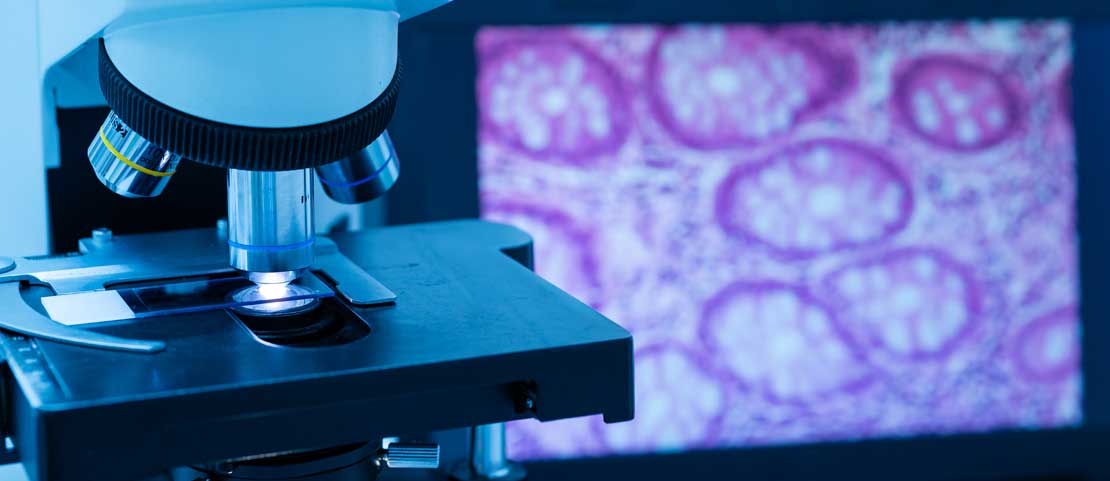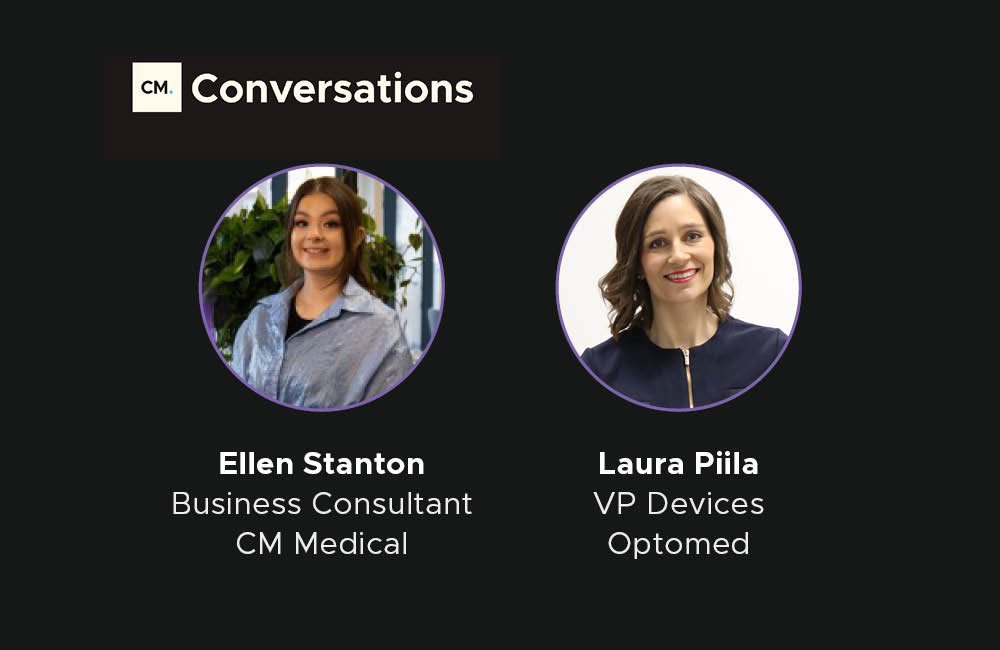

Down Under Takes Top Spot: Australian Start-ups to Know.
Exploring Imaging Start-Ups in Australia.
In recent years, the medical imaging industry has seen a wealth of changes as devices become more portable and AI starts to play a role in both diagnostics and workflow. With the global pandemic accelerating the rate of innovation medical imaging start-ups find themselves in a prime position to make real traction in the field.
Globally, Australia is making productive and innovative waves in the MedTech space, particularly within medical imaging. Looking to explore the start-up space in Australia, I spoke with some of the country’s leading imaging companies to see what business is looking like.
Australia’s Unique Start-Up Landscape.
Australia offers a unique combination of in-country benefits, invigorated government funding, and internationally renowned academic institutions which makes it a fruitful breeding ground of high potential imaging start-ups. There is a conscious move from the Australian government to reduce the economy’s reliance on mining which has led to an environment that promotes imaging start-up life through; supporting clinical trials and research, providing a wide breadth of grants, and promoting visa support to make international talent and expertise collaboration easier – and local and international investors are paying attention.
Alongside this fruitful backdrop, Covid has accelerated the rate at which Australian companies can grow international revenues. Pre-pandemic the likelihood of securing an international sales call was low, let alone securing a deal without meeting face-to-face but Covid has now increased access to international markets. Conversely, Covid travel restrictions have meant that many of the Australian innovators haven’t been able to attend the amount of congresses they would have liked and so have missed out on some of the exposure they deserve. So without further ado, please let me introduce some of the Australian image start-ups you need to know about:
I spoke with See-Mode CEO, Milad Mohammadzadeh, to explore his experience:
How is Australia supporting medical imaging start-up culture?
Australian industry is showing it wants to diversify. Reputable Australian universities want to be seen to be working successfully in the biomedical engineering niche. There’s great passion across the industry – even for small companies."
How has the Covid pandemic changed how you work?
The pandemic has opened doors. During the pandemic, we went live with a large radiology chain in New York, and we’re now working with more than 20 clinics and 140 sonographers across the US. This was all done remotely. Managing time zone differences can be a challenge, but most clients are happy to work this way”
How has See-Mode progressed in this time?
The last year has been very exciting. See-Mode technology is now live across 25 new clinic sites in 4 different countries, and we’re looking to expand further globally.”
Meanwhile, Vexev’s Co-Founder, Eamonn Colley, is also braced for strong progress. The youngest of the start-ups listed here have benefitted from many of the conditions previously described but in looking for the next round of investment they’ve gone global in their search.
We’ve been rapidly moving through development and working towards our launch in the US. With the COVID pandemic and travel restrictions we found it was often easier to reach clinicians over Zoom, and as this became the norm, they had the flexibility to take calls between patients. This allowed us to extend our reach to more potential customers, but also get a wider range of feedback during the development phase."
What is the Australian talent market looking like for imaging start-ups?
Of course, in the medical imaging field, it’s going to be hard to find exceptional people in this multi-disciplinary area, but it’s the same for any founder trying to build a world-class team. It’s a matter of trying to find those people with the expertise that you need and incentivising them to work on challenging problems.
We find that above all it is our mission to reduce the burden of vascular disease that resonates the most, as pretty much everyone has had someone close to them affected."
Whilst Vexev is poised to follow in Milad’s footsteps in exploring the US market, Resonance Health is looking to explore the international possibilities remotely while retaining their Australian HQ in Perth. I spoke with the General Manager of Business Development, Sofie De Meyer, to find out more about their plans.
How do you feel Australia is nurturing the medical imaging space post-pandemic?
The Australian government are putting funding into the medical imaging industry as they see they can’t rely on one industry – the country’s strength is in diversifying. In Western Australia and Victoria, eco-system pharmaceutical and therapeutic clinical trials are being piloted, partnering with local hospitals. Every state is trying to carve out its niche on a global scale.
In terms of our future, we’re focusing on a period of significant growth over the next 5 to 10 years. We’ve forged links with the US, UK, EU, and Australian universities. Our isolated position forces us to be innovative – that's our strength”
A Different View.
Alternatively, Imagion and Artrya have arguably benefitted from the best of both worlds – listed on the Australian Stock Exchange ($40m IPO in Artrya’s case) with an Australian presence but with growing numbers in their US-based teams. Artrya has recently appointed dynamic duo Ted Schwab and Jory Tremblay as Co-CEOs in the US.
Artrya’s co-founder, John Barrington, has seen his team grow rapidly from 15 to 40 and has successfully started working with the NHS amongst others and he’s prepared for greater growth in 2023. Meanwhile, Bob Proulx, CEO at Imagion, shared his experience working across both countries with me.
The bulk of our team is US based, but we’re on the Australian Stock Exchange. It’s cheaper to build a start-up in Australia than America, especially if you need to manufacture and ASE compliance costs are lower for smaller companies. The Australian visa system makes it easy to move people around when needed.
On the other side, whilst San Diego is more expensive it puts you in the middle of the biggest global market and gives us access to some exceptional talent which may have been much harder to attract, even if they were working remotely..."
In-country macro-factors are producing ideal conditions for start-ups in Australia to thrive and in a post-pandemic world, the geographical shackles that once held back Australian companies have now been broken - allowing them to make quicker and greater commercial gains in the bigger European and US markets.
Whether you’re looking to invest, make a move or just interested in the next big innovation in medical imaging you’d be well advised to cast your eye to Australia. Beyond the companies listed here you may also want to check out EMVision, 4DMedical, Annalise.ai, HeartLab New Zealand and Micro-X.
I'll certainly be keeping an eye on opportunities for emerging companies as this space continues to develop and technologies adapt. Want to discuss the future of medical imaging in some more detail with me? I'd love to hear your thoughts.
Drop me a message at cameron.ramsden@medical-cm.com or connect with me on LinkedIn to chat!
Want to collaborate with us?
Charlton Morris is a Talent Solutions business who offer search, contract, volume and employer branding solutions to the industrial markets.Hit the button below to feature in podcasts, articles and videos.
Recommended.

Putting Digital Pathology Front of Mind in Medical Imaging.
The digital pathology sector has seen a great focus within medical imaging in recent years. The use of digital technologies, advanced technology and AI integration means trends are shifting. These companies are leading the way.

Career Progression for Women in STEM.
In this episode, Ellen catches up with Laura Piila, VP of Devices at Optomed. Touching on the challenges she has faced as a woman in STEM, securing FDA approval in MedTech and loads more.
.jpg)
Four Recruitment Lessons for RSNA.
Ahead of RSNA, I thought I would look back at some of the things I’ve learned from those conversations in sales, marketing, leadership, and technical recruitment over the years. Click to find out.

Down Under Takes Top Spot: Australian Start-ups to Know.
Australia has created the perfect space for medical imaging start-ups to take off. We look at medical imaging companies making the most of this post-pandemic.
Comments.